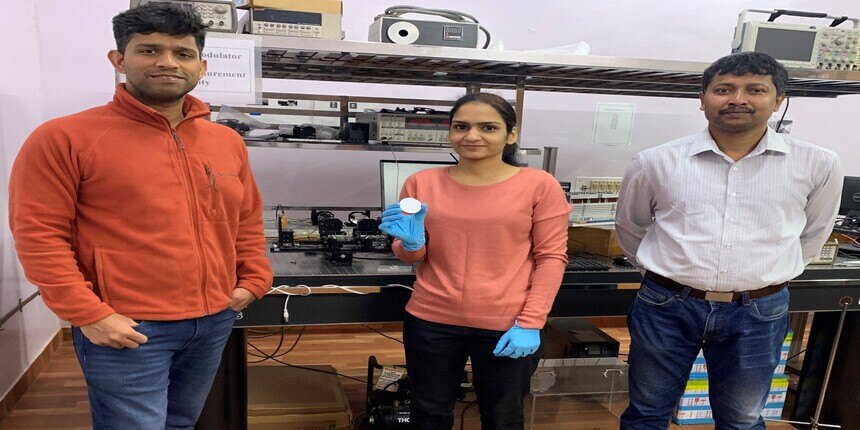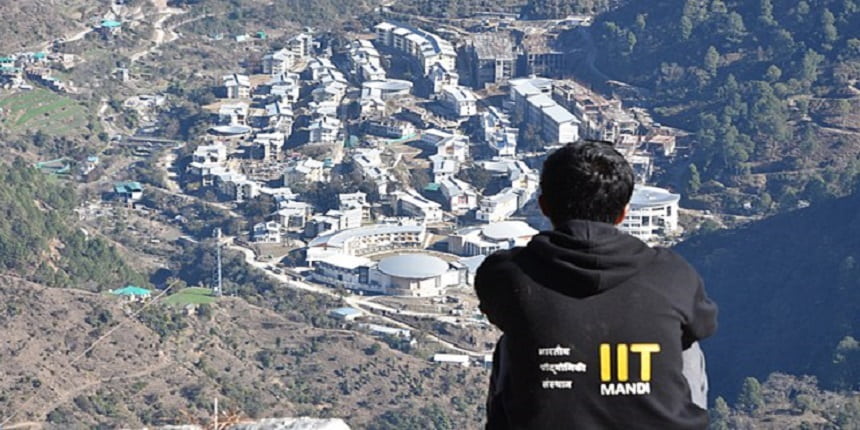IIT Delhi develops new device, paving the way for 6G communication advancements
IIT-Delhi: The details of this research were published in the ACS Nano Letters journal, a publication by the American Chemical Society.
Know all about JEE Advanced
Candidates can get access to all the details about JEE Advanced including eligibility, syllabus, exam pattern, sample papers, cutoff, counselling, seat allotment etc.
Download Now The details of this research were published in the ACS Nano Letters journal. (Image: official press release)
The details of this research were published in the ACS Nano Letters journal. (Image: official press release)Vikas Kumar Pandit | March 19, 2024 | 03:47 PM IST
NEW DELHI: The Indian Institute of Technology (IIT) Delhi researchers have developed a new device that generates high-intensity terahertz (THz) radiation at frequencies exceeding current 6G communication limitations. The details of this research were published in the ACS Nano Letters journal, a publication by the American Chemical Society focusing on nanomaterials and devices.
As per the official press release, this advancement was led by assistant professor Rahul Mishra and professor Samaresh Das from IIT Delhi's Center for Applied Research in Electronics (CARE), along with professor Yang Hyunsoo from the National University of Singapore (NUS). A research scholar at IIT Delhi, Pinki Yadav, spearheaded the design and fabrication of this pioneering device, with critical measurements conducted at NUS.
According to IIT Delhi professor, Samaresh Das, terahertz technology, with its capacity for emitting high-frequency radiation, has the potential to revolutionise multiple facets of our daily lives. Its non-invasive characteristics are beneficial in medical imaging, allowing physicians to safely visualize the internal structures of the human body without the risks inherent in conventional X-rays.
Explaining the motive behind this development, Rahul Mishra, said, "Existing sources for this frequency range face limitations such as narrow bandwidths, low emission strength, and the need for low-temperature operations. Our goal was to create an emitter that not only provides enhanced emission strength but also functions efficiently at room temperature, making it suitable for practical, real-time applications."
Within the field of telecommunications, THz waves have the capability to enable faster and more secure wireless networks, thereby improving the speed and reliability of our internet connections, said research scholar Pinki Yadav.
Follow us for the latest education news on colleges and universities, admission, courses, exams, research, education policies, study abroad and more..
To get in touch, write to us at news@careers360.com.




